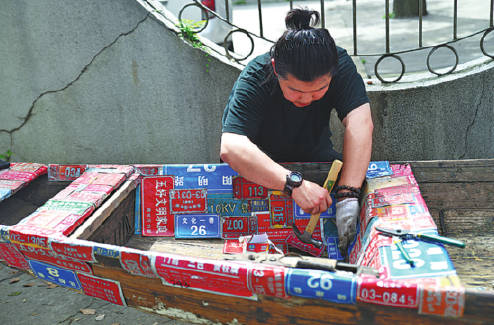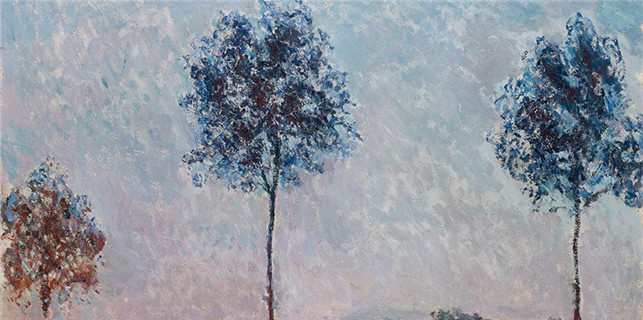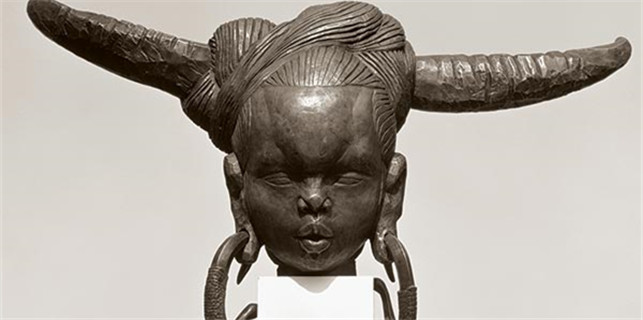From rubble, art and new life spring
 |
|
A boat installation created by Hu Quanchun with discarded metal plates bearing street names. [Photo provided to China Daily] |
Working under Hu is a team of 14, most of them students at the Central Academy of Fine Arts in Beijing. They lived with local families and got to know the locals well.
After several days getting to know the locals, Hu decided to create pieces of art that related to their daily lives, the aim being to help safeguard the collective memory.
Hu and his team found hundreds of discarded metal plates in the debris of demolished homes. These plates resemble car license plates bearing street and apartment numbers.
It is hardly surprising that because of the shantytown's location, it used to be a fishing village, and a celebrated Chinese writer, Shen Congwen, once wrote an essay that evoked how the countless boats and ships nestling there reflected the area's prosperity. These days the fishers have all but disappeared, and most of the locals work in a commodity market nearby.
So Hu decided to attach the plates to a wooden fishing vessel that used to be a common sight in the area. When locals saw the boat decorated with the plates that identified their neighbors, they approached Hu and asked him whether he could do a similar art work involving their houses.
Their eagerness to be involved was also fired by another of Hu's works, a cement cube made of construction waste collected from a family's home with their address on it. A family's old furniture, as well as other items discarded as they moved out of their old home can also be made part of the cubes.
"When people build a house and make it their home, all sorts of materials particular to them go into it," Hu says. "House owners build up their homes with different materials. So the cube represents the unique memory of a family."
















